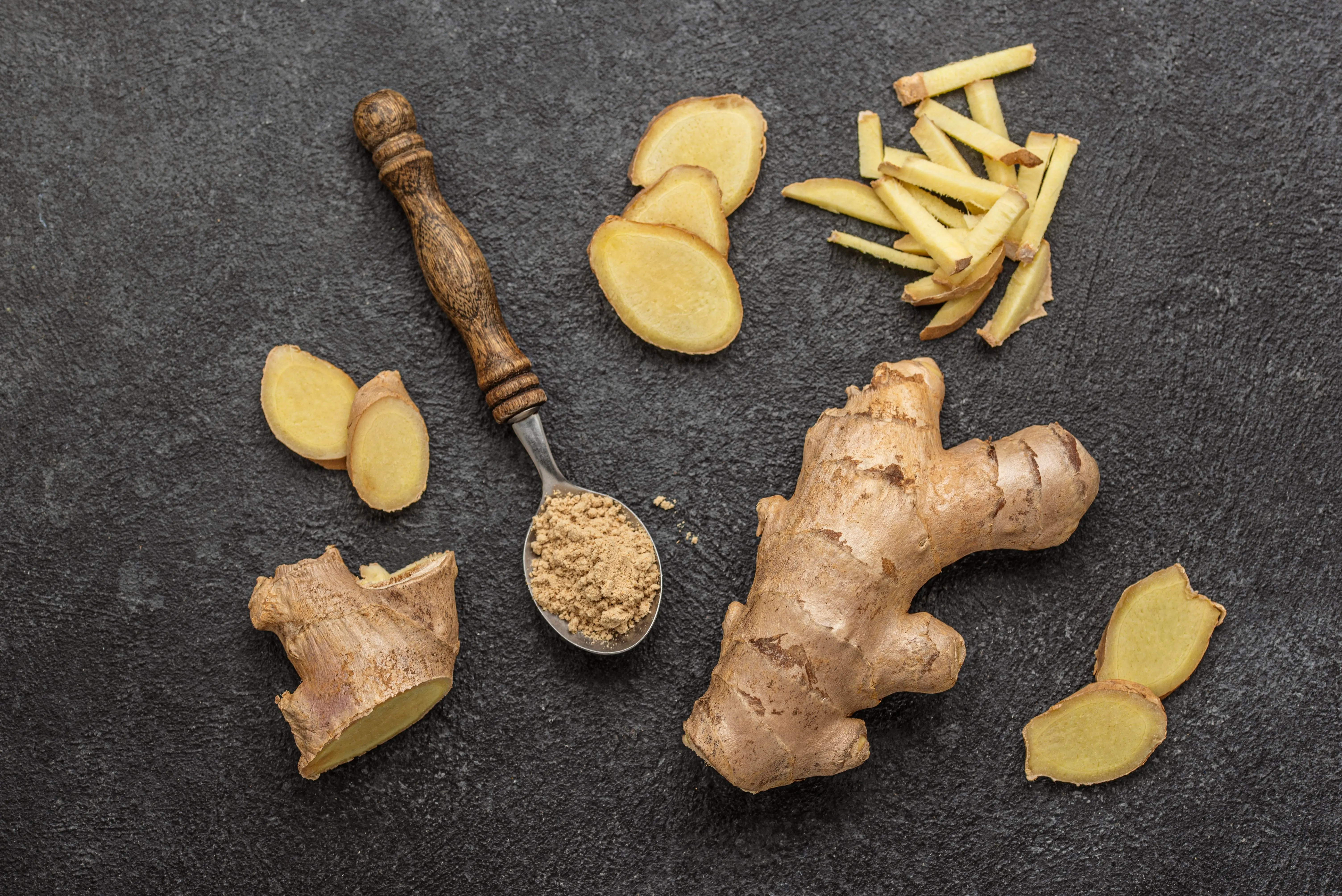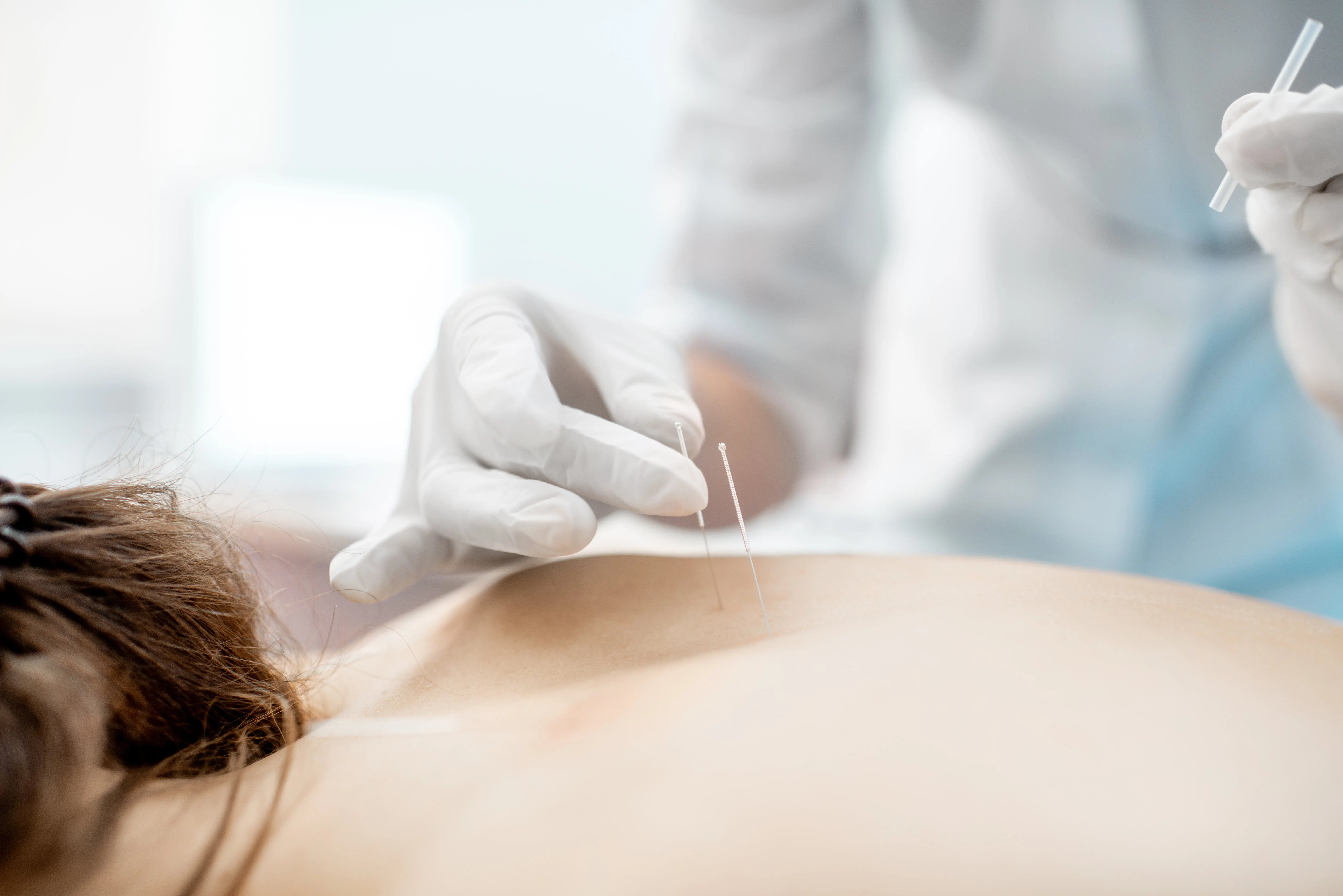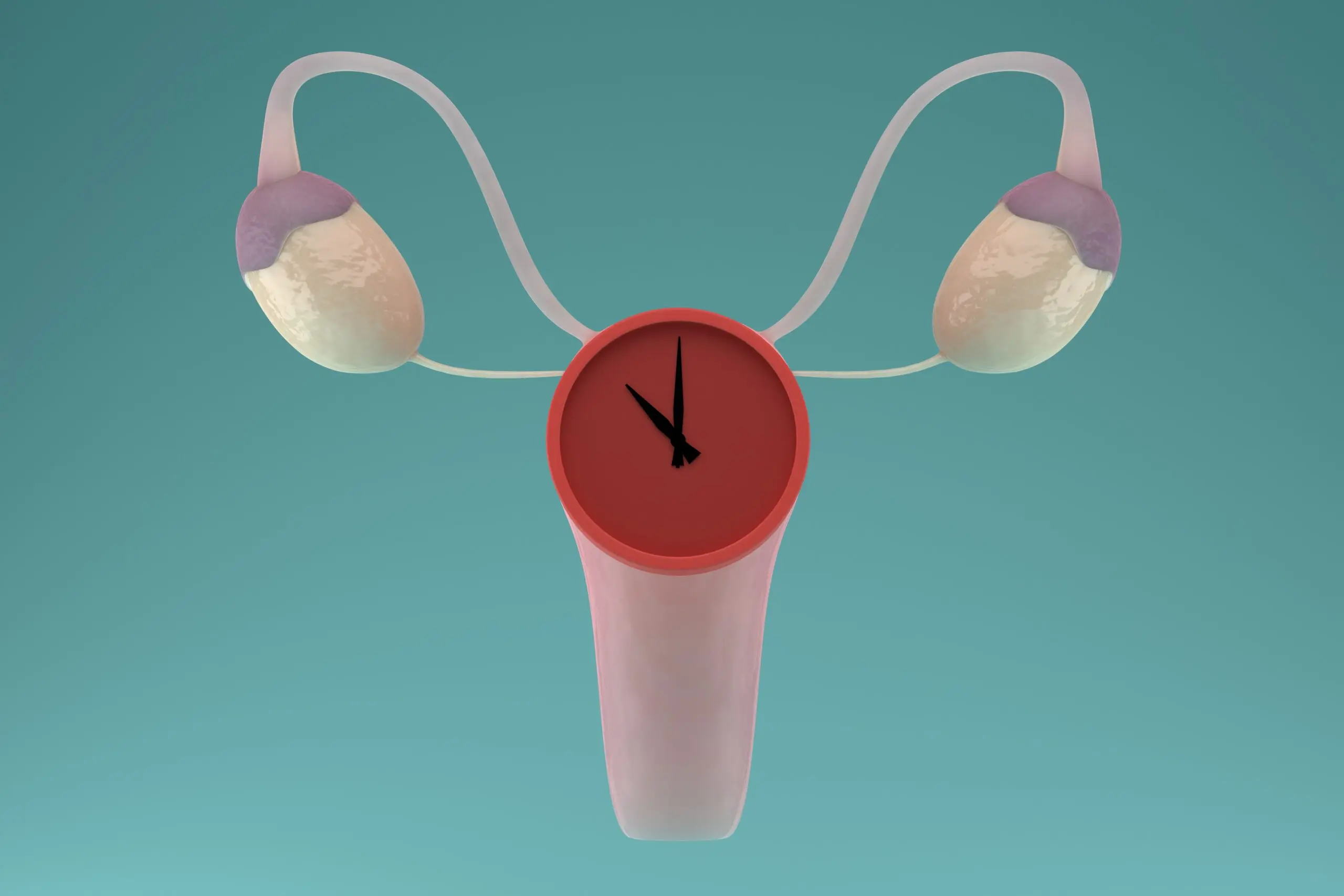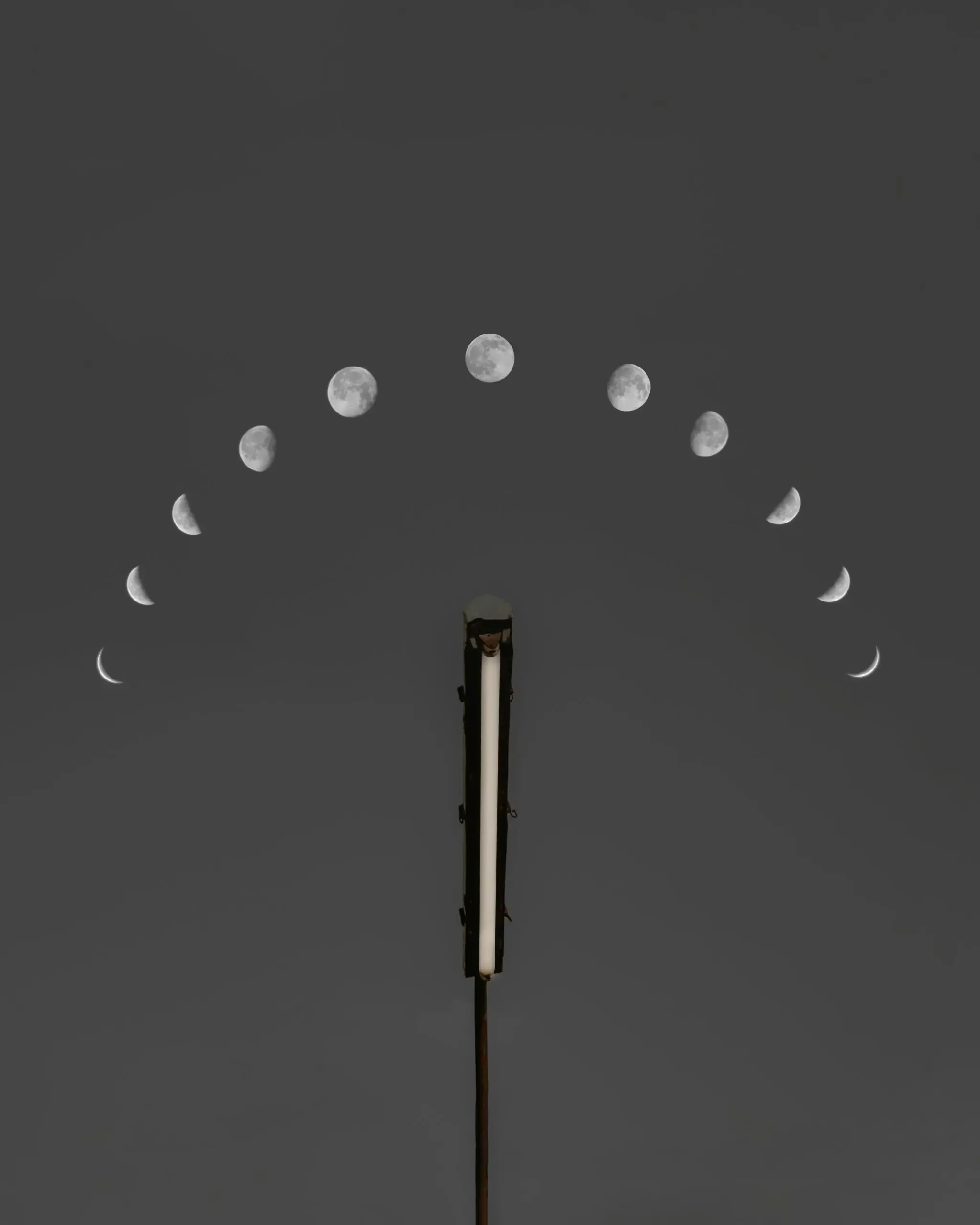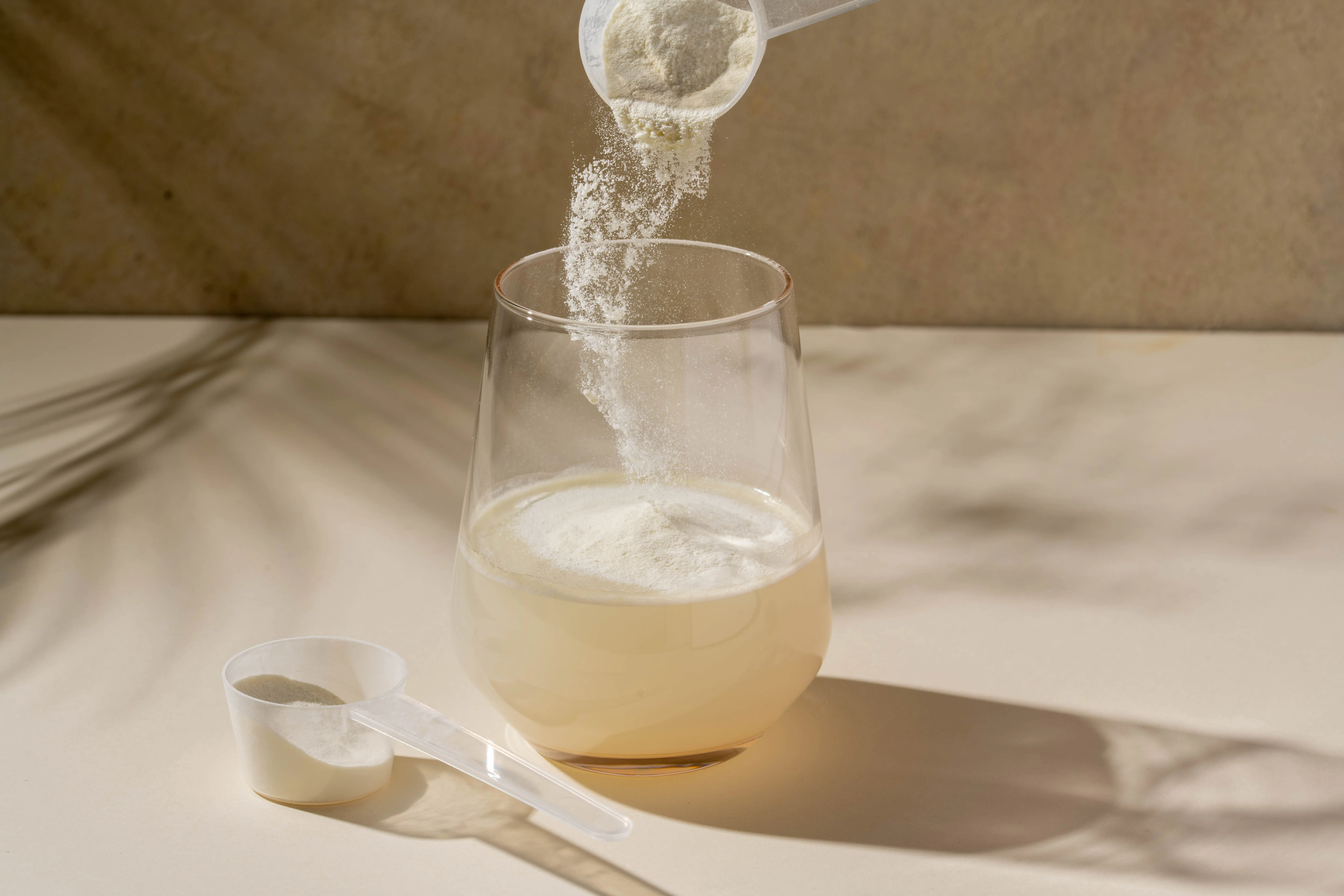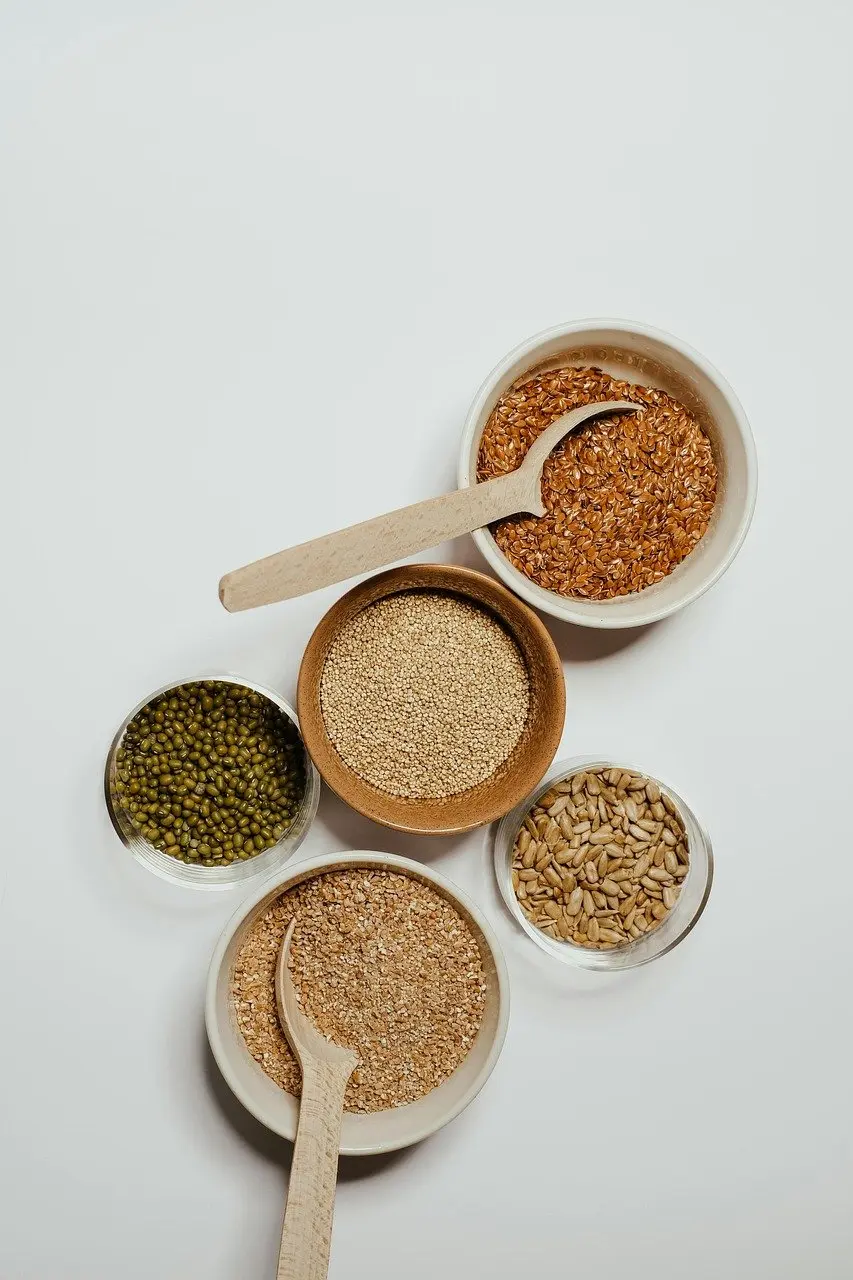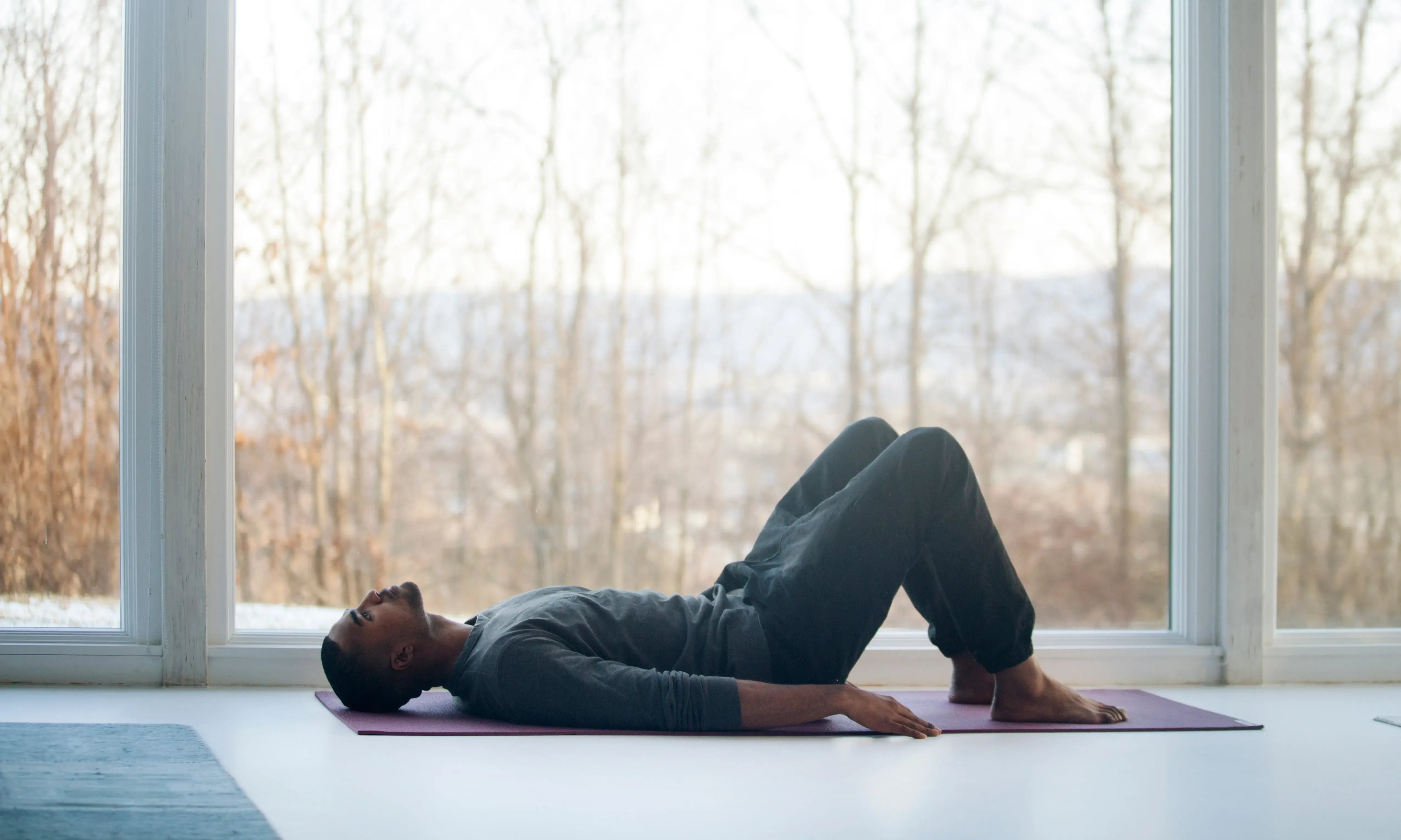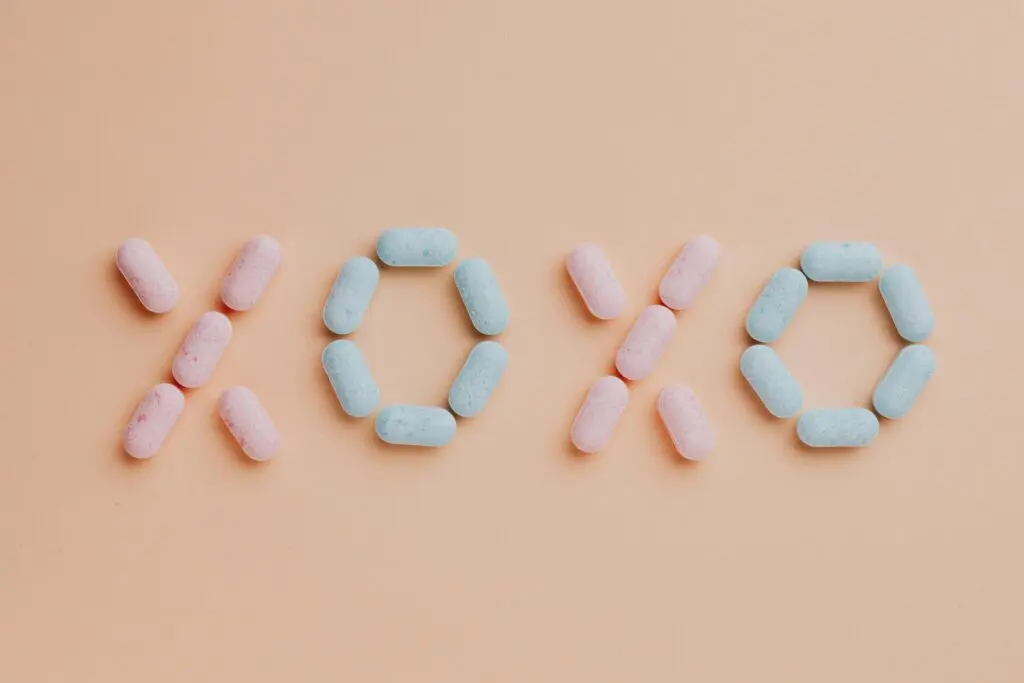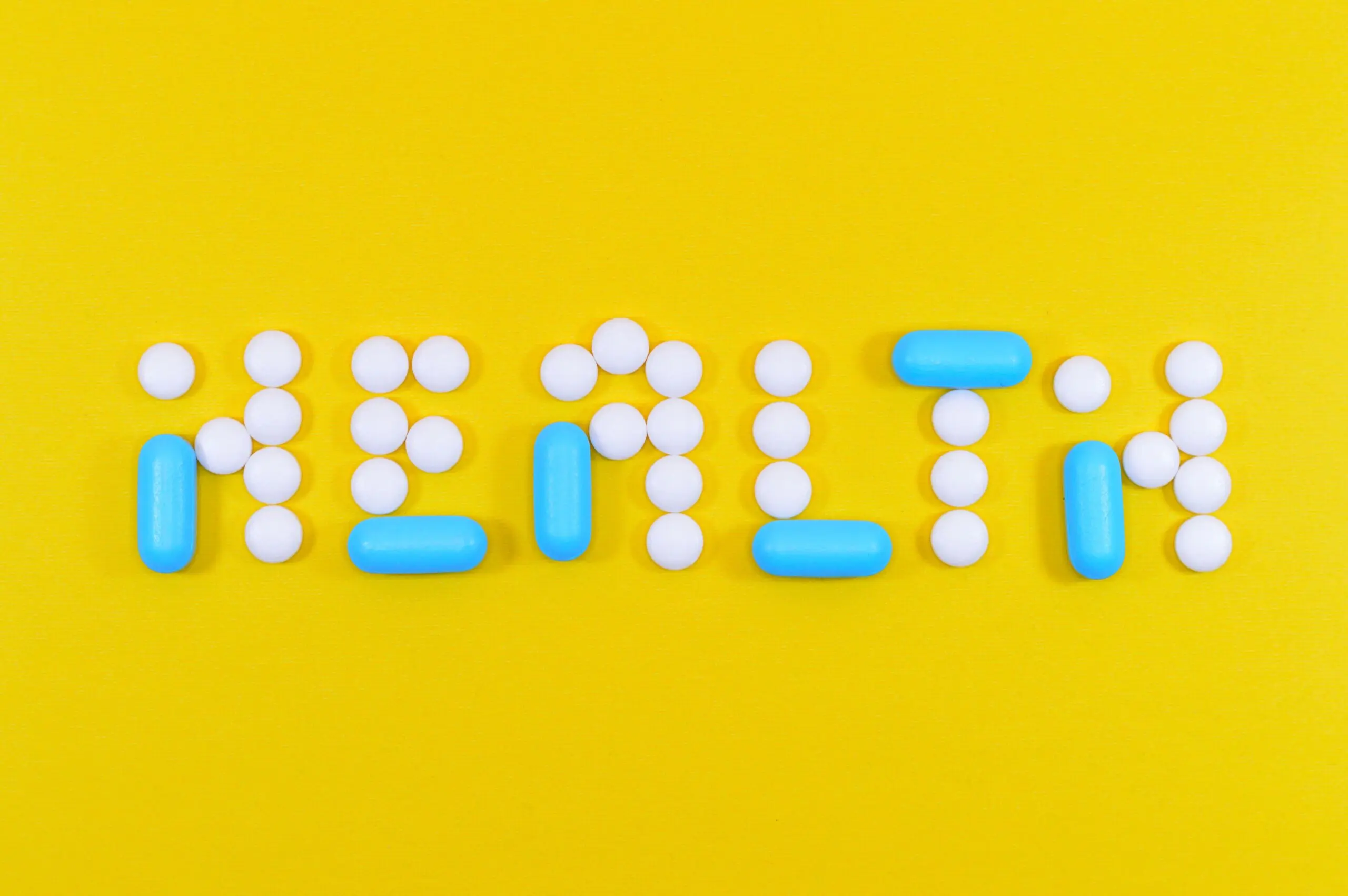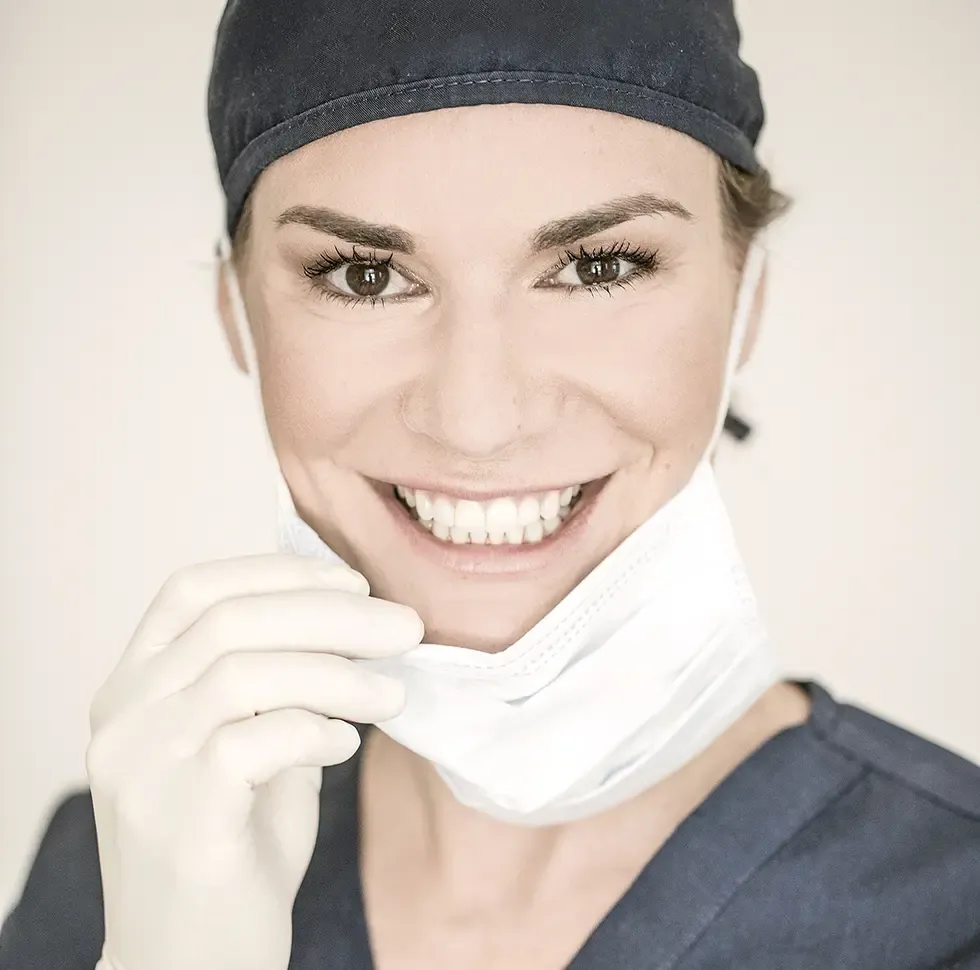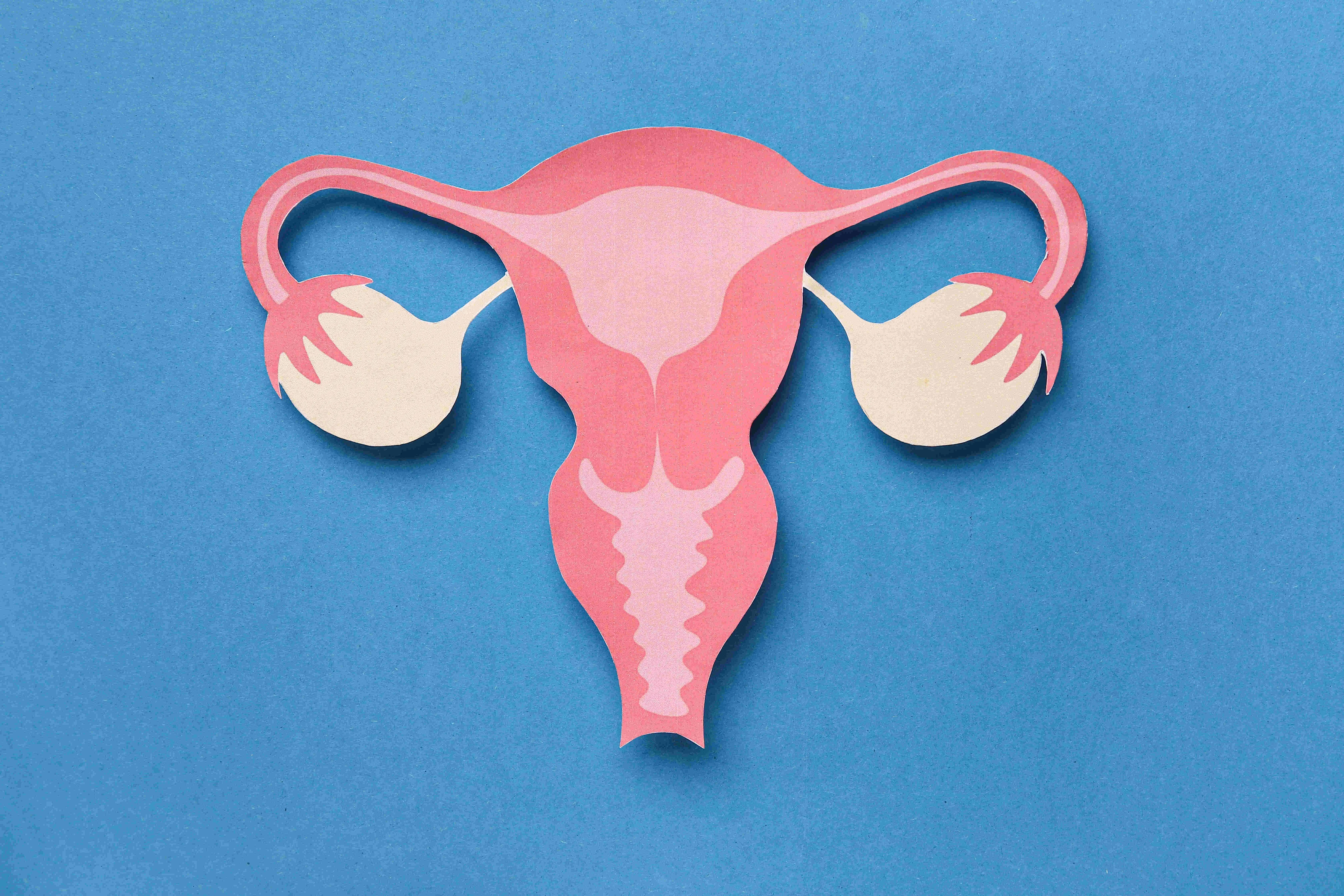The probably biggest difference between male and female gender is the menstrual cycle. It is not only about monthly menstruation, but also about a powerful rhythm in four phases. The cycle and hormones affect how we feel, what is good for us and what needs the body currently has.
Those who learn to perceive the respective physical and emotional needs, live more consciously, healthily and balanced - and can even perform better at work. No wonder that this concept now also has its own name: "Menstrual Cycle Mapping" stands for consciously understanding and living in harmony with the cycle and is one of the major wellbeing trends of the year 2025.
The four phases of the menstrual cycle
The menstrual cycle can be divided into four phases, each determined by different hormonal processes. Each phase brings its own physical, emotional and mental characteristics. Those who start tracking these, for example with a cycle app, will quickly learn to understand their own body better and can specifically support it with a few tricks. The result is more energy and increased well-being.
1. Menstrual phase (day 1–5): Letting go and coming to rest
What happens in the body?
The cycle begins on the first day of the period. The uterine lining, which has built up over the past month, is shed. The hormone levels of estrogen and progesterone are now at their lowest. The body begins to make space for a new cycle.
How does one feel?
During menstruation, increased need for rest and emotional sensitivity are typical. Now is the ideal moment to retreat, reduce the to-dos (if possible) to a minimum and give the body the rest it needs now.
What is good for the body now?
Warming, easily digestible foods like soups, stews, steamed vegetables, and herbal teas (e.g., with lady's mantle, ginger, or cinnamon) have a soothing effect. Iron-rich foods such as lentils, beetroot, and oatmeal help to compensate for the loss of blood. Warmth around the abdomen and lower back, as well as calming scents of lavender, promote relaxation and can be helpful for period pains.
2. Follicular phase (Day 6–13): Recharge with new energy
What happens in the body?
After menstruation, the body begins to produce more estrogen. This hormone ensures that the uterine lining is rebuilt and a new egg matures in the ovaries. The energy level rises noticeably, and the skin and hair appear fresher and more radiant.

